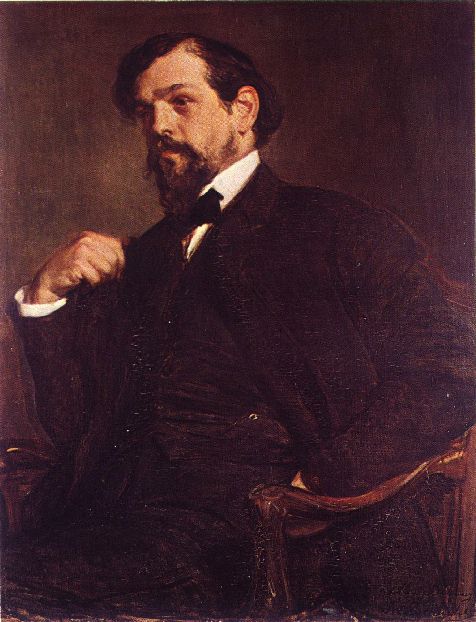La Cathédrale Engloutie
Buy this item (in stock)
Product ID: GM1 CL146
By Claude Debussy
Publisher:
Goodmusic
Arranger:
Lawson
Series:
Concert Classics
Genre:
Impressionism
Line Up:
Symphony Orchestra
Duration:
6:00
Level: 4
Set & Score
This item is in stock
About this item
Claude Debussy wrote two sets of twelve Preludes for solo piano between 1909 and 1913. This, "The sunken (or drowned) cathedral" is from the first set . This version has been orchestrated by Peter Lawson very much in the style of Debussy. There are four other Preludes available in the Goodmusic Concert Classics series orchestrated by Peter Lawson. "La fille aux cheveux de lin" (GMCL141) is published separately and there is also "Three Preludes" (GMCL142) comprising "Danseuses de Delphes", "La terrasse des audiences du clair de lune" and "General Lavine - eccentric". One or more of these could be performed together to form a longer suite.
Instrumentation
2 Flutes (2nd doubling Piccolo), 2 Oboes, 2 Clarinets, 2 Bassoons 4 Horns in F, 2 Trumpets in Bb, 3 Trombones, Tuba, Timpani, Percussion - 3 players (Cymbals, Tam-tam, Triangle, Tubular Bells, Glockenspiel), Harp Strings (Violin 1, Violin 2, Viola, C
Reviews and rating
No review available, be the first to write one!

Composer
Claude Debussy (1862-1918)

Claude-Achille Debussy (22 August 1862 – 25 March 1918) was a French composer. Along with Maurice Ravel, he was one of the most prominent figures working within the field of impressionist music, though he himself intensely disliked the term when applied to his compositions.[3] Debussy is among the most important of all French composers, and a central figure in European music of the turn of the 20th century. He was made Chevalier of the Legion of Honour in 1903.
His music is noted for its sensory component and for not often forming around one key or pitch. Often Debussy's work reflected the activities or turbulence in his own life. His music virtually defines the transition from late-Romantic music to 20th century modernist music. In French literary circles, the style of this period was known as symbolism, a movement that directly inspired Debussy both as a composer and as an active cultural participant.
More info about the composer...



 Click above to view samples
Click above to view samples
